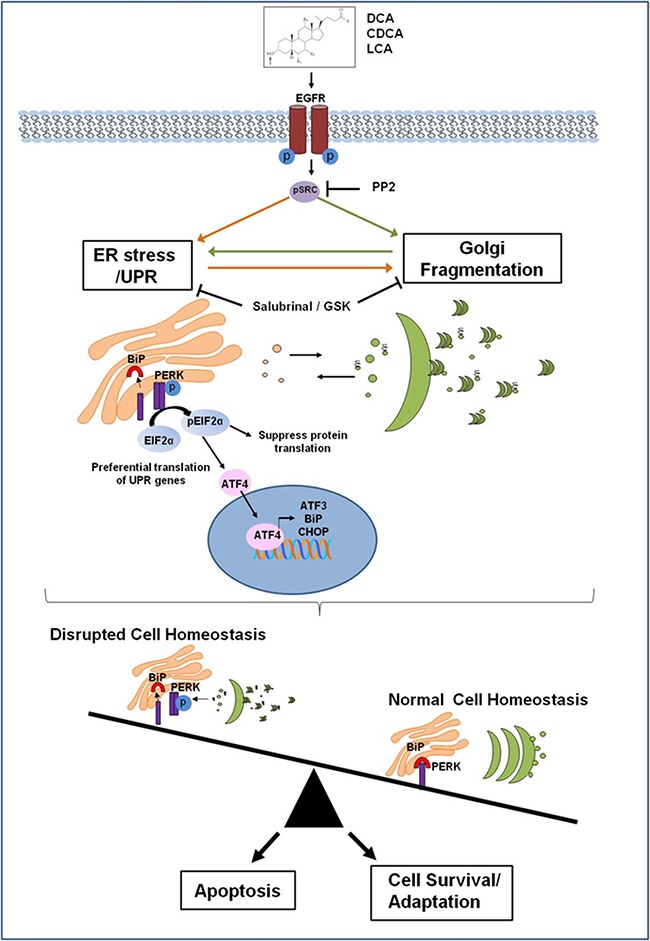Figure 5. Proposed mechanism of how bile acids perturb the protein secretory pathway.

Bile acids activate the EGF receptor leading to activation of Src. This in turn activates the PERK pathway as part of the Unfolded Protein Response (UPR). BiP dissociates from PERK which dimerises and become phosphorylated which in turn phosphorylates eIF2α. This suppresses protein translation to reduce the burden on the ER, but also facilitates the translation of genes associated with ER stress recovery such as BiP, ATF3 and CHOP. DCA CDCA and LCA also induce Golgi fragmentation via activation of Src. Activation of the UPR may occur initially and subsequently cause Golgi fragmentation but once affected Golgi fragmentation would result in impaired protein glycosylation resulting in misfolded proteins that have to be sent back to the ER for re-processing. This could result in a sustained perturbance of the protein secretory pathway. Induction of ER stress could lead to Golgi fragmentation by either suppressing translation of a protein crucial for maintenance of Golgi structure via peIF2, or as a consequence of ER stress-induced apoptosis, if ER homeostasis is not restored. Bile acid disruption of normal cell homeostasis through their effects on the protein secretory pathway may lead to the selection of apoptotic resistant cell populations that have adapted to survive with a sustained UPR and fragmented Golgi. This suggests a novel mechanism for bile acid contribution to tumourigenesis, which could be exploited as novel therapeutic strategy.
